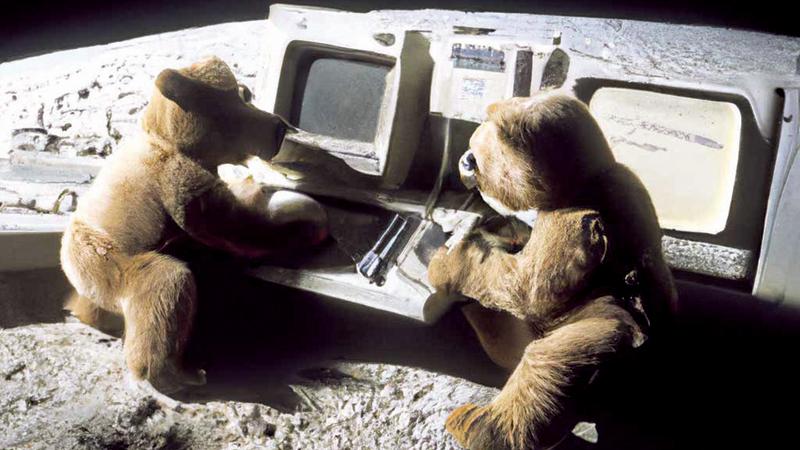
AI art refers to artwork generated with the use of an artificial intelligence software. Though the technology for it has existed for a while, AI art quickly became a hotly debated topic, since in August 2022 when Jason M. Allen won an art competition with his AI generated art piece beating out many other human artists.
The technology is now a highly controversial topic among artists, dividing opinions between those who see the potential brought forward by it and those who fear how the ‘soulless’ AI will negatively impact the role of human artists.
AARON
The first major instances of AI capable of generating original works of art was in the 60s, when British-born artist Harold Cohen developed the AARON algorithms. While there were older examples of technologies capable of creating art, the AARON was the first real program to create original artworks autonomously. But as the first of its kind, it was only able to generate art in the style programmed into it, that of its creator Harold Cohen.
Though Cohen would go on to expand on the program for decades since, it was very complex and needed deep involvement from Cohen. Though it was autonomously producing art, Cohen didn’t consider the AARON system to be ‘creative’.
In the past few decades since AARON first started, development for AI art has improved in leaps and bounds. Such as with GANs or generative adversarial networks which rose around 2014. Even Google dipped their toes into the budding technology with DeepDream, which runs existing images through an algorithm to create original psychedelic versions of them.
While these were highly successful tech, they weren’t considered a true substitute for a human artist. Artists would sometimes even make use of AI art programs like GANs to create new pieces based on their styles. A GAN generated art piece even auctioned at Christie’s for nearly half a million dollars in 2018.
However, the problems started to pop up when consumer grade art generating AI were developed, such as the incredibly viral text prompt based DALL-E, Midjourney and Stable Diffusion. These programs allowed anyone to create high quality, stunning, and one of a kind art works by simply inputting a text description of what they wanted to produce.
True extent
Jason M. Allen’s artwork, titled ‘Theatre D’Opera Spatial’, was also generated by Midjourney, a fact he was very open about from the outset. It was only once his work outperformed the artists at the Colorado State Fair did everyone realize the true extent of what AI art programs were capable of.
Some artists worry that this software will render them redundant, but supporters of AI art argue that it will only create a new style of art. The role of the artist has not been completely phased out yet, Even Allen’s Theatre D’Opera Spatial was the result of over 80 hours of meticulous finetuning.
These new technologies can be argued to be a part of the creative process of artists, instead of completely replacing it. But while this argument may change with future developments, a more immediate concern from AI art is the ‘theft’ and ownership of art.
AI software like Midjourney are popularly used to process existing art from a human artist to create original art indistinguishable from the original artist’s style.
Digital Artist Greg Rutkowski is a popular target for this, having been used as a prompt on the Stable Diffusion software over 93,000 times, far outstripping even classical artists like Leonardo Da Vinci in terms of popularity.
Though initially Rutkowski saw this as a way for his art to reach a wider audience, the AI generated art was starting to replace his own portfolio online. A big complication in all of this, is that most of the companies that develop these technologies reserve ownership and copyright for any art generated by their software, making a huge mess for all artists, traditional and those using AI.
